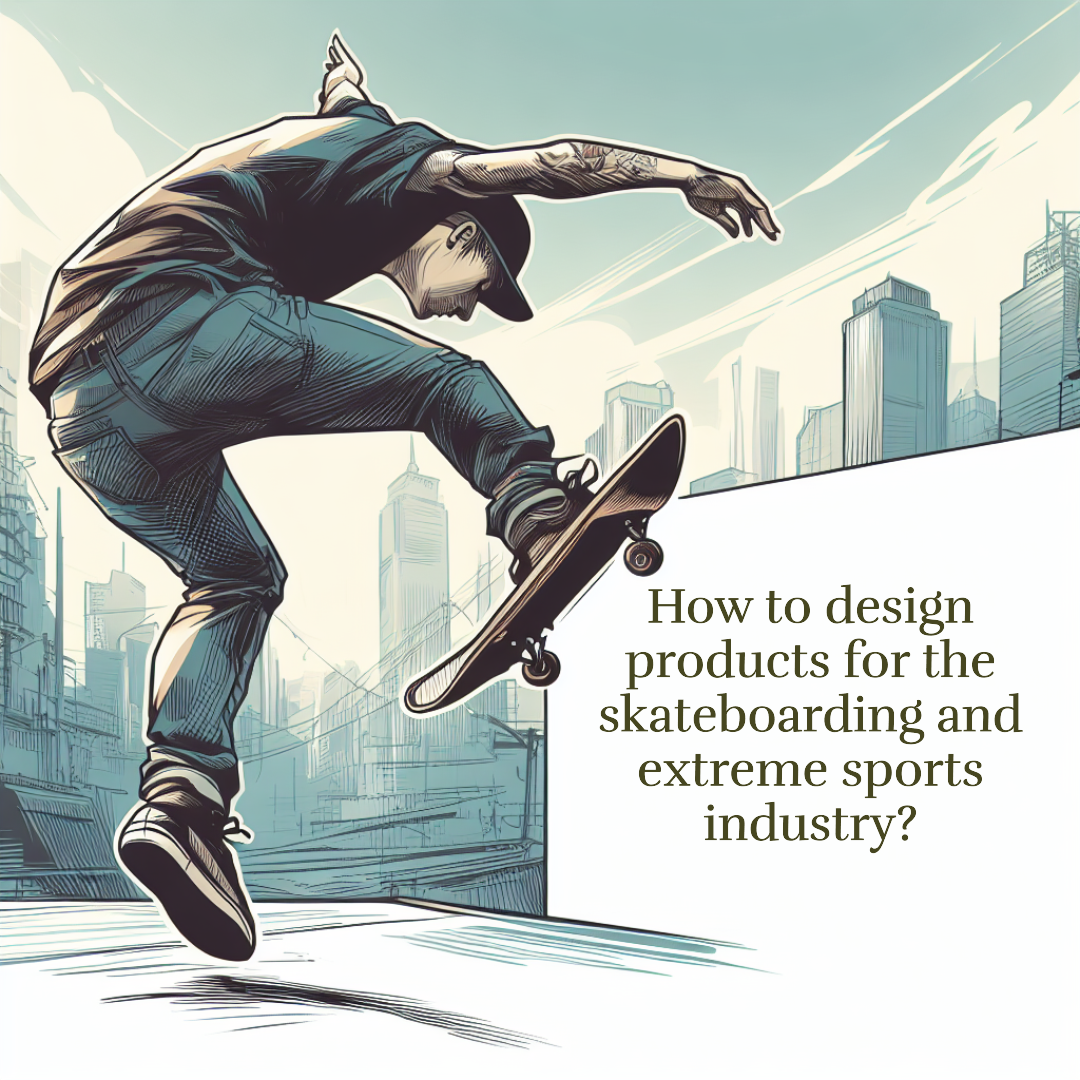How to design ergonomic and user-centric products?
Ergonomic and user-centric product design is the process of designing products that are comfortable, safe, and efficient to use. It is important to consider the needs and abilities of the target users when designing products, and to ensure that the products are easy to use and do not cause discomfort or injury.
There are a number of factors to consider when designing ergonomic and user-centric products, including:
- Anthropometry: Anthropometry is the study of the human body and its measurements. It is important to consider anthropometric data when designing products, to ensure that the products are sized appropriately for the target users.
- Biomechanics: Biomechanics is the study of how the human body moves. It is important to consider biomechanics when designing products, to ensure that the products are comfortable and easy to use.
- Cognitive psychology: Cognitive psychology is the study of the human mind and how it processes information. It is important to consider cognitive psychology when designing products, to ensure that the products are easy to understand and use.
Here are some tips for designing ergonomic and user-centric products:
- Involve users in the design process: It is important to involve users in the design process to get their feedback and input. This will help to ensure that the products meet the needs and expectations of the target users.
- Use anthropometric data: Use anthropometric data to ensure that the products are sized appropriately for the target users. This includes considering factors such as body height, reach, and grip strength.
- Design for comfort: Design the product to be comfortable to use. This includes considering factors such as the shape of the product, the materials used, and the location of the controls.
- Design for safety: Design the product to be safe to use. This includes considering factors such as the potential for sharp edges, hot surfaces, and tripping hazards.
- Design for efficiency: Design the product to be efficient to use. This includes considering factors such as the number of steps required to complete a task and the ease of use of the controls.
Here are some examples of ergonomic and user-centric product design:
- The adjustable keyboard: The adjustable keyboard is a great example of a product that has been designed for ergonomics. It allows users to adjust the height and tilt of the keyboard to find the most comfortable position.
- The ergonomic mouse: The ergonomic mouse is another great example of a product that has been designed for ergonomics. It is shaped to fit the hand naturally and reduce the risk of carpal tunnel syndrome.
- The adjustable chair: The adjustable chair is a great example of a product that has been designed for both ergonomics and user-centricity. It allows users to adjust the height, tilt, and lumbar support of the chair to find the most comfortable position.
By following the tips above, you can design ergonomic and user-centric products that will be comfortable, safe, and efficient for users to use.
Additional tips for designing ergonomic and user-centric products
Here are some additional tips for designing ergonomic and user-centric products:
- Use universal design principles: Universal design principles are a set of guidelines for designing products that can be used by as many people as possible, regardless of their abilities. Some of the key universal design principles include flexibility in use, equitable use, simple and intuitive use, perceptible information, tolerance for error, low physical effort, and size and space for approach and use.
- Test your products with users: Once you have designed a product, it is important to test it with users to get their feedback and input. This will help you to identify any areas where the product can be improved for ergonomics and usability.
- Use technology to your advantage: There are a number of technologies that can be used to improve the ergonomics and usability of products. For example, voice recognition technology can be used to create hands-free interfaces, and augmented reality technology can be used to provide users with real-time feedback.








